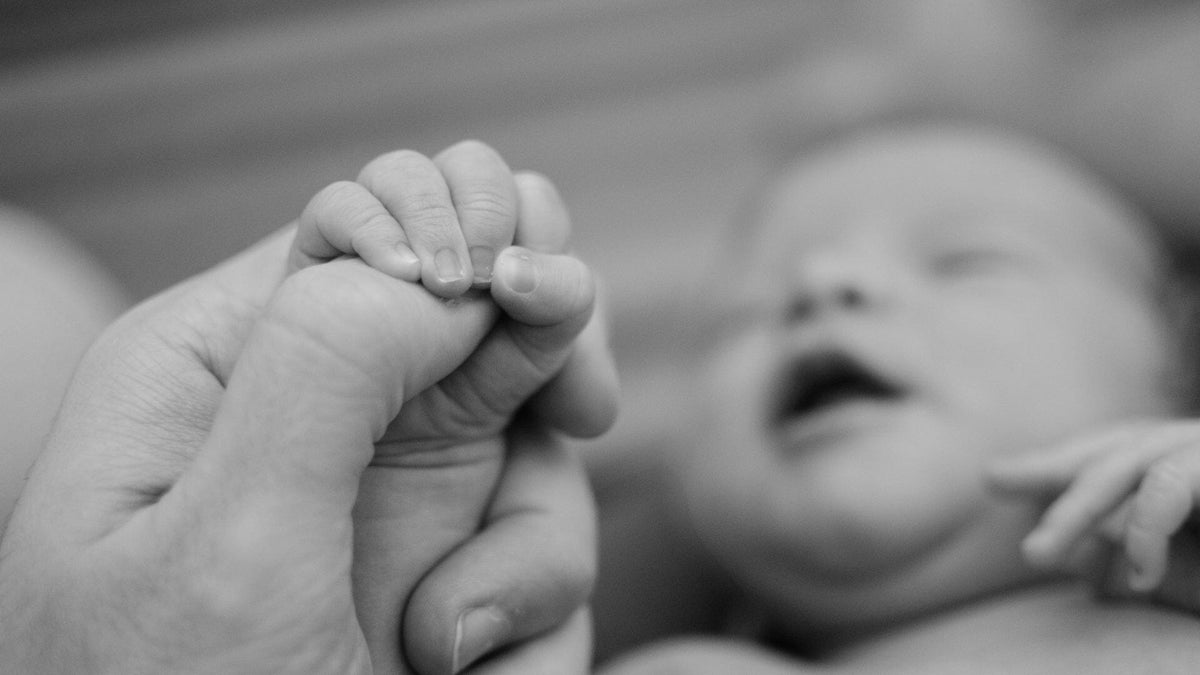

The arrival of a newborn is nothing short of a miracle, and every tiny movement your baby makes can feel like a magical moment. While those sudden jerks, grasps, or mouth movements might seem random, they’re actually a series of reflexes hardwired into your baby’s development. These reflexes, often referred to as newborn or primitive reflexes, are natural and temporary, helping babies adapt to the world outside the womb.
In this blog, we’ll explore some of the most common newborn reflexes, what they mean, and when you can expect them to fade.
What Are Newborn Reflexes?
Newborn reflexes are involuntary movements or actions that are part of a baby’s normal development. These reflexes are present at birth and are key indicators of a baby’s neurological health. Most reflexes are temporary and will disappear as your baby grows and their nervous system matures.
These reflexes are survival mechanisms that prepare your little one for life outside the womb—whether it’s finding food, gripping, or responding to sudden changes in their environment.
Common Newborn Reflexes
1. Rooting Reflex
- What it is: When you gently stroke your baby’s cheek, they’ll turn their head and open their mouth in search of food.
- Why it’s important: This reflex helps babies latch onto the breast or bottle for feeding.
-
When it disappears: Around 4 months of age, as feeding becomes more voluntary.
2. Moro Reflex (Startle Reflex)
- What it is: When your baby senses a sudden movement, sound, or change in position, they’ll throw out their arms and legs, arch their back, and then bring their limbs back in as if hugging themselves.
- Why it’s important: This is a protective reflex that prepares babies for responding to potential danger.
- When it disappears: By 4-6 months of age as the baby’s motor skills develop.
3. Grasp Reflex (Palmar Reflex)
- What it is: If you place your finger or an object in your baby’s palm, they’ll instinctively wrap their fingers around it.
- Why it’s important: This reflex helps babies establish hand strength and coordination as they grow.
- When it disappears: Around 5-6 months of age.
4. Sucking Reflex
- What it is: When the roof of your baby’s mouth is touched, they will instinctively start sucking.
- Why it’s important: This reflex helps babies feed effectively from the breast or bottle.
- When it disappears: Around 4 months, when sucking becomes more of a voluntary action.
5. Stepping Reflex
- What it is: If you hold your baby upright with their feet touching a flat surface, they’ll make stepping or walking motions.
- Why it’s important: This reflex is thought to prepare babies for walking in the future.
- When it disappears: By 2 months of age, though it reappears as a voluntary skill when babies learn to walk.
6. Tonic Neck Reflex (Fencer’s Pose)
- What it is: When your baby’s head is turned to one side, the arm on that side stretches out while the opposite arm bends at the elbow.
- Why it’s important: This reflex helps with hand-eye coordination and muscle tone.
- When it disappears: Around 5-7 months of age.
7. Babinski Reflex
- What it is: When you gently stroke the sole of your baby’s foot, their big toe bends back while the other toes fan out.
- Why it’s important: This reflex shows healthy nervous system development.
- When it disappears: By 12 months of age.
8. Galant Reflex
- What it is: If you stroke your baby’s lower back on one side, they’ll curve their body toward that side.
- Why it’s important: This reflex helps with movement and coordination.
-
When it disappears: Around 6 months of age.
Why Are Reflexes Important?
Newborn reflexes are more than adorable—they’re essential markers of your baby’s health and development. Pediatricians often check these reflexes during routine checkups to ensure your baby’s nervous system is functioning properly. If a reflex is absent or doesn’t fade at the expected time, it could be an indicator of developmental delays or neurological issues, which should be discussed with your doctor.
When Do Reflexes Fade?
Most reflexes naturally fade within the first year of life as your baby’s brain and nervous system mature. Over time, involuntary reflexes will be replaced with voluntary movements and milestones like grasping, crawling, and walking.
Tips for Parents
- Observe and Learn: Pay attention to your baby’s reflexes—it’s fascinating to see how their body instinctively responds to the world.
- Cherish the Moments: Reflexes like the grasp reflex make for sweet bonding moments, like when your baby holds your finger.
- Ask Questions: If you have concerns about your baby’s reflexes or development, don’t hesitate to talk to your pediatrician.
Bonding Through Reflexes
Newborn reflexes are a beautiful reminder of just how amazing your little one’s development is. From rooting for food to grasping your finger, each reflex is a step toward the exciting milestones ahead. As your baby grows, these reflexes will fade, but the memories of these early days will last a lifetime.
Cherish these moments, and remember—you’re witnessing the first steps in your baby’s incredible journey!





